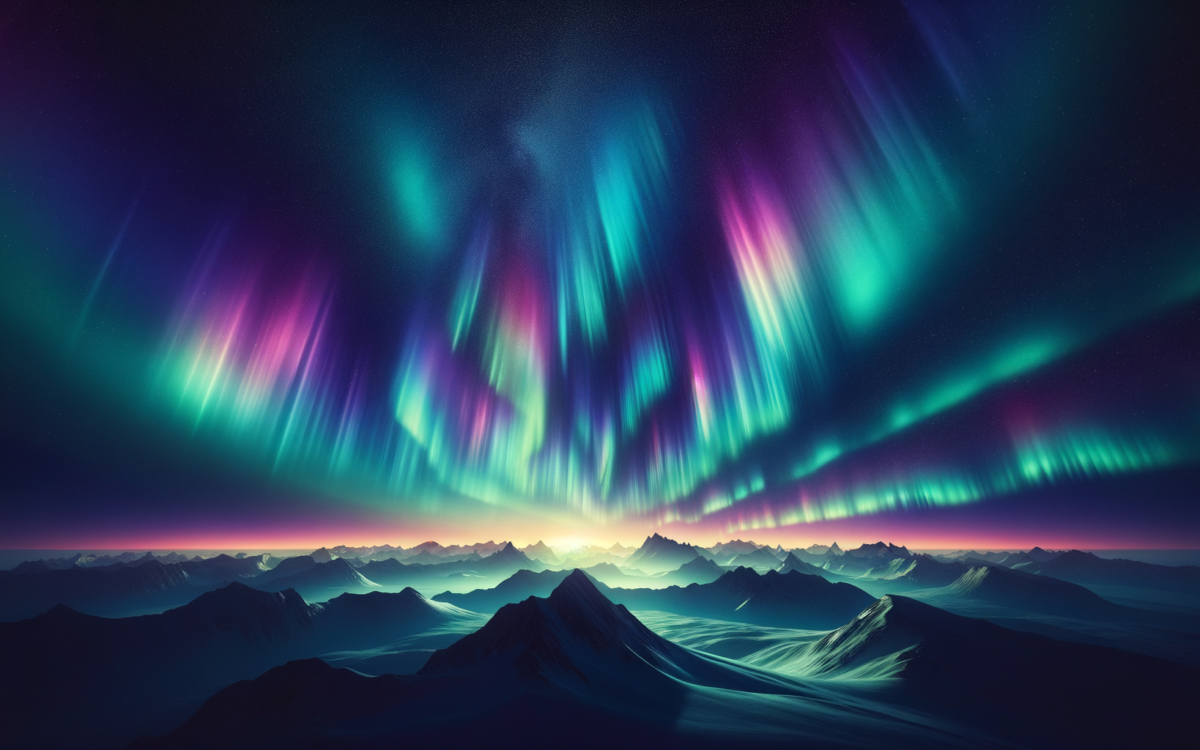A Cosmic Ballet: Earth Dances with a G4 Geomagnetic Storm
- Severe G4 Geomagnetic Storm: Earth is currently experiencing a major geomagnetic storm, reaching “severe” G4 conditions, potentially impacting the visibility of the northern lights in the U.S.
- Coronal Mass Ejection (CME) Encounter: The storm, caused by a coronal mass ejection from the sun, could affect satellite operations, navigation, and communication systems, though adverse impacts are not anticipated for the public.
- Northern Lights Show Uncertain: While the storm could make the northern lights visible far south in the U.S., daylight timing and geographical location might limit visibility, with better chances in northern Europe and Asia.
Understanding the Cosmic Phenomenon
A coronal mass ejection (CME) is a massive burst of solar wind and magnetic fields rising above the solar corona or being released into space. This space spectacle can create mesmerizing auroras when the ejected solar particles collide with Earth’s magnetic field and atmosphere. The Space Weather Prediction Center (SWPC) of the NOAA has been vigilantly monitoring a significant CME headed our way, leading to what is known as a geomagnetic storm of G4 severity. Such events are a testament to the dynamic and powerful nature of our sun and its interactions with our home planet.
Measuring the Impact
Geomagnetic storms are classified on a scale from G1 to G5, with G5 being extreme. These storms can have varying effects, from beautiful auroras to disrupted communication systems. This current G4 storm is a reminder of the delicate balance between Earth’s technological advancements and nature’s cosmic forces. As the SWPC and other agencies monitor and predict these events, they ensure that infrastructure operators and the public remain informed and prepared for any potential impacts.
Will the Lights Dance for Us?
The question on many minds is whether this geomagnetic storm will bring the northern lights to a backyard near you. Unfortunately, the timing and location of the storm’s peak activity might not favor aurora enthusiasts in the U.S. this time around. However, hope remains for those in northern Europe and Asia, where conditions could be just right for a spectacular light show.
It’s important to note that our planet is currently moving towards the peak of Solar Cycle 25, an approximately 11-year cycle during which the sun’s magnetic poles flip and a variety of space weather phenomena occur. This means more opportunities to witness the awe-inspiring northern lights could be on the horizon.
Jon’s Take
As we stand on the cusp of potential cosmic displays, it’s a humbling reminder of our place in the universe. These geomagnetic storms, while powerful, offer us a glimpse into the vast and dynamic space weather system we’re a part of. So, while we wait and see if the northern lights will grace our skies this time, let’s not forget that the universe has endless wonders to show us. Remember, the truth isn’t just out there – it’s right here, unfolding above us in the night sky.
Original Article




